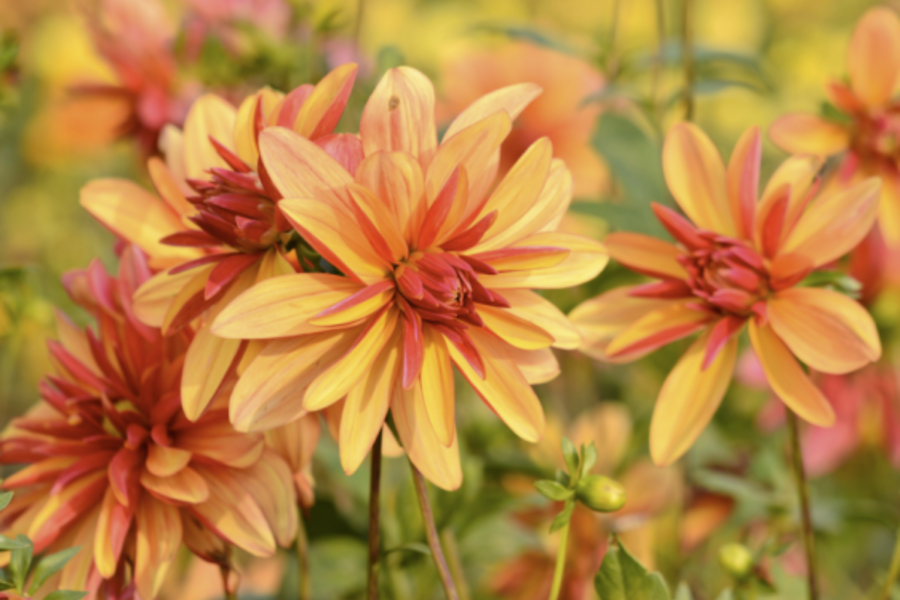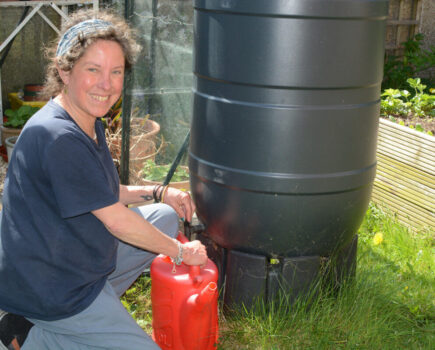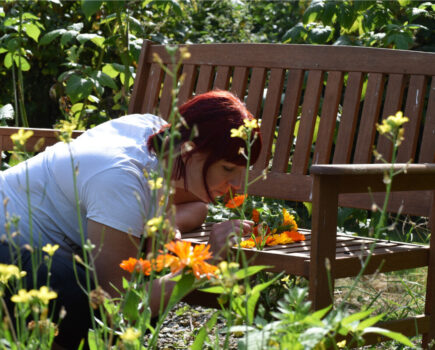Mind the gap! Amateur Gardening reveals five reliable pick-me-ups to bridge the gaps in your August garden, taking you from high summer into autumn…
Fill that flowerless hole in the border with something that’s going to keep the colour coming right through to autumn. You should be able to pick these plants up from garden centres, or see individual suppliers listed.
1. CAPE DAISIES
Sunlight is vital to the performance of osteospermum. They’ll survive most winters as long as you can ensure they’re grown in gritty, free-draining soil. These low-growers are best at the front of borders.
Recommended varieties: ‘Buttermilk’, ‘Hopleys’, ‘Falling Stars’.

2.RUDBECKIA
Black-eyed Susan doesn’t do much until late summer, so either add individual plants to borders or plant in containers that can be moved into key positions at the right time. Plants tolerate some shade and hate drying out. Divide perennials in late autumn or spring.
Recommended varieties: ‘Indian Summer’ (annual), ‘Herbstonne’ (perennial) ‘Goldsturm’ (perennial)
3.DAHLIAS
Leave in their pots and plunge into the border, planting singly or in threes. Tall plants may need support from carefully placed bamboo canes. Dead-head regularly. Lift plants before the frosts strike, storing the tubers somewhere dark and dry for the winter.
Recommended varieties: ‘Blackberry Ripple’, ‘Bishop of Llandaff’, ‘Jescot Julie’, ‘Marston Velvet’
4.NANDINA
The heavenly bamboo (Nandina domestica) is really quite special. The species has the most attractive leaves, but bear in mind that it’ll reach 5ft (1.5m) after 10 years. Nandina prefers a sheltered spot in full sun and may need some protection in hard winters.
5.CANNAS
Like dahlias, cannas need to be lifted before the first frosts, or the fleshy stems stand no chance of surviving. However, cannas are best treated as annuals as their performance wanes after the first year. They need rich, moist soil – water well during dry spells.
Recommended: ‘Alaska’ (white), ‘Brilliant’ (red), ‘Lenape’ red spots on yellow, ‘Lucifer’ (yellow-edged red)
Find more tips, advice and articles like this at the Amateur Gardening website. Subscribe to Amateur Gardening magazine now





